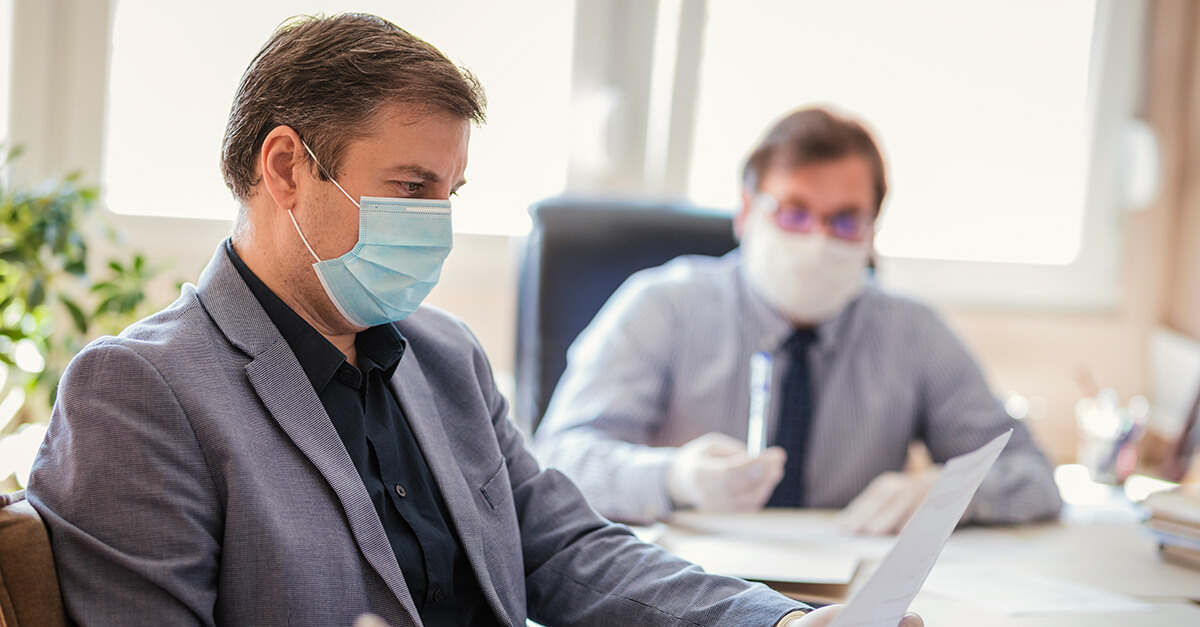
June 11, 2020
The gradual reopening of many businesses across the country is welcome news, but brings a host of unprecedented workplace challenges. NBAA News Hour explored the many issues of employment law unique to operating in the COVID-19 environment, as employers and employees adjust to new health and safety realities.
“This is not a static issue. It’s all about being ready to take appropriate steps as the situation evolves,” said Andrew Bagley, senior counsel, Crowell & Moring. “Employers must be alert to the health of the workforce.” Even though there are many logistical questions about returning to the workplace, Bagley noted tools are available for companies to protect the safety of their employees.
Bagley expects that temperature checks – either on-site or performed at home prior to arriving at work – will become “ubiquitous.” Companies should look to health authorities for their industry and locations for threshold temperatures to make a stay or go-home determination.
Data from temperature checks must be kept confidential and separate from the usual employee files to protect privacy, recommended Bagley. Employees who test above the temperature threshold should be discreetly pulled aside and asked to leave the workplace. Since there are so many additional possible COVID-19 symptoms, employers should consider having their staff fill out a thorough questionnaire, including information not just about their own health but also that of their close contacts.
Employees who may have been exposed to the virus should quarantine for 14 days, self-monitor for illness, use maximum paid leave and telework if at all possible. Alternatively, “if an employee has concerns about the health of a fellow employee, they really should notify management.”
Flightcrew Duty Tips
Alison Squiccimarro, attorney with the law offices of Paul Lange, addressed some concerns specific to the aviation industry. Even though recent FAA Safety Alerts for Operators are only for guidance, “operators don’t want to find themselves not complying,” said Squiccimarro. “Operators need to do everything they can to assure a safe workplace.”
She recommended that flight departments not rotate their crews as frequently as they might normally, which limits employee exposure if a colleague does come down with symptoms. “If you fly with the same people, the whole workforce won’t have to be quarantined if someone gets sick,” she said.
Brian Koester, CAM, NBAA director of flight operations and regulations, moderated the webinar, which also covered employee paycheck benefits under the new Families First Coronavirus Response Act (FFCRA). FFCRA is primarily for companies with less than 500 employees, and can help individuals who get sick or are quarantined, must care for family members who are sick or quarantined, or who have no childcare options – including closed schools – due to the pandemic, and other leave concerns.


 International Business Aviation Council Ltd.
International Business Aviation Council Ltd.